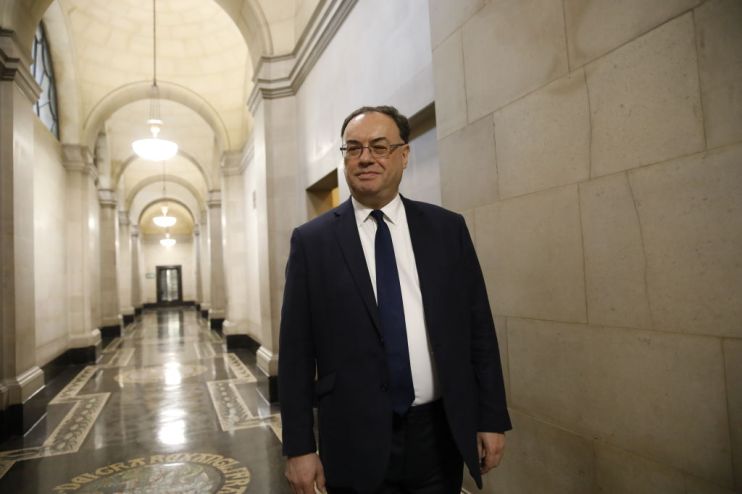Bank of England ‘not contemplating’ negative interest rates, says governor Andrew Bailey

Bank of England governor Andrew Bailey has said Threadneedle Street is not considering cutting interest rates to below zero.
The governor said that it would be unwise to rule anything out, “particularly in these circumstances,” in an online question and answer session with the Financial Times.
Yet he said: “It is not something we are currently planning for or contemplating.”
His comments come after deputy governor Ben Broadbent said the Bank was open-minded about its next steps. He said of negative interest rates: “These are the balanced questions the committee has to think about.”
Although once unimaginable, negative interest rates have been put in place in various central banks around the world over the last decade. The European Central Bank (ECB), for example, charges banks to hold money with it in an effort to force them to lend.
Negative rates come with pros and cons. They help spur lending by penalising banks for sitting on money. But they also limit the profits banks can make through lending and the interest on savers’ deposits.
The Bank of England slashed its main interest rate to 0.1 per cent, its lowest ever level, in March.
Bailey said that one of the main obstacles to cutting interest rates into negative territory would be the optics of the complex move.
“I think from a communications point of view, and therefore from a reaction and expectations point of view, it is a very big step.”
He said it must be realised that negative interest rates cause banks problems. The Eurozone’s biggest banks have long complained that the policy hurts their profits.
Should the Bank decide to unleash more stimulus, most analysts think it will ramp up its £645 billion quantitative easing (QE) programme. Under QE, the Bank creates digital money and uses it to buy bonds – mainly government Gilts – in the secondary market.
The BoE stopped short of launching more bond-buying at its last meeting but could do so in June.